Elucidating Dislocation Loop Formation in Hot-extruded U-10Zr Alloy Under Irradiation
Principal Investigator
- Name:
- Yi Xie
- Email:
- [email protected]
- Phone:
- 765-496-2912
Team Members:
| Name: | Institution: | Expertise: | Status: |
|---|---|---|---|
| Peng Wang | University of Michigan | In situ irradiation TEM operation and analysis | Other |
| Logan Joyce | Purdue University | XRD, SEM, FIB, TEM operation and analysis | Graduate Student |
Experiment Details:
- Experiment Title:
- Elucidating Dislocation Loop Formation in Hot-extruded U-10Zr Alloy Under Irradiation)
- Hypothesis:
- A significant density of dislocation loops initiates along textured planes in the hot-extruded U-10Zr alloy upon ion irradiation, with the density increasing as the radiation dose escalates.
- Work Description:
- The sample under consideration is a disc with a diameter of 2 mm and a thickness of 0.5 mm. It exhibits an activity of less than 0.01 μCi (370 Bq) for α particles, without any detectable β or γ radiations. To conduct grain mapping and orientation indexing, a one-day SEM-EBSD analysis at the MC2 facility is required. Prior to shipping, the sample will be polished in the PI's research lab to prepare it for SEM-EBSD examination. Following that, a four-day FIB lift-out process at the MC2 facility is required to get seven TEM lamellae. Next, a five-day in situ TEM study with EDS, SAED, and high-resolution video analysis at the MIBL facility is required to investigate the seven extracted lamellae. The irradiation process will involve the use of 1.17 MeV Kr3+ ions at a temperature of 873 K until the dose reaches 100 dpa. Throughout the irradiation, the structural changes will be recorded using high-resolution videos.
Project Summary
U-10Zr is currently being considered as fuel for several nuclear reactors under design. Among the various fabrication methods, hot extrusion has gained popularity. However, concerns have emerged regarding the anisotropic growth resulting from irradiation effects. The current understanding of this issue remains insufficient due to its complexity and limited investigations. As a result, there is a need to advance knowledge in this field. The proposed research aims to employ in situ transmission electron microscopy (TEM) with ion irradiation at elevated temperatures to investigate the formation of dislocation loops and changes in density as the radiation dose escalates. The research timeline involves 1 day of SEM-EBSD, 4 days of FIB liftout, and 5 days of TEM work. The expected outcomes will provide insights into the density of dislocation loops on specific crystallographic planes within different phases, as a function of dose. The results will shed light on mechanistic models and estimation of anisotropic growth under irradiation, leading to a better understanding in the field of metal fuel irradiation behavior.
Relevance
Uranium-10Zr (wt. %) is planned as nuclear fuel in several microreactors and small modular reactors currently being designed as it has high thermal conductivity, high fission atom density, and ease of fabrication. Efforts toward developing the metallic fuel are being taken, with focus on increasing the burnup and fuel residence time and on reducing the fabrication cost. The metallic fuel pins used in the experimental reactors (e.g., EBR-II) were made by injection casting. The mold for the injection casting must be broken to get fuel slugs out and is therefore not reusable. After surveying many options for commercial fabrication of metallic fuels, hot extrusion is found to be a cost-efficient and high-throughput fabrication method. Co-extrusion of fuel rod and cladding is also a promising technique, and it can further improve fabrication cost-efficiency. Hot-extrusion fabrication method as a high-throughput and cost-effective method brings advanced economic value for fuel fabrication and thus will advance the reactor pipeline and enhance the competitiveness of U.S. reactor fleet. The proposed research will fill the knowledge gaps that how extrusion-resulted textures lead to anisotropic growth under irradiation, and will illustrate the irradiation effects at the lattice scale.
Please wait
About Us
The Nuclear Science User Facilities (NSUF) is the U.S. Department of Energy Office of Nuclear Energy's only designated nuclear energy user facility. Through peer-reviewed proposal processes, the NSUF provides researchers access to neutron, ion, and gamma irradiations, post-irradiation examination and beamline capabilities at Idaho National Laboratory and a diverse mix of university, national laboratory and industry partner institutions.
Privacy and Accessibility · Vulnerability Disclosure Program

